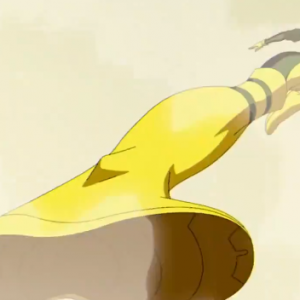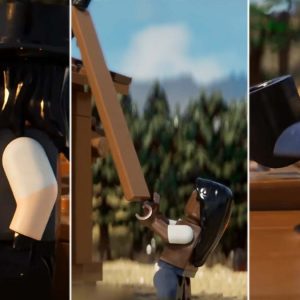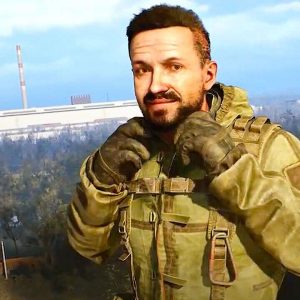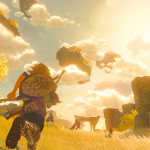Even with all the wild genre mashups I’ve seen over the last several years, I don’t think I could have ever predicted a survival horror RTS. And that’s basically what Aliens: Dark Descent boils down to, adding stealth elements and tense resource management to its isometric, squad-based tactical action. When it’s fully locked and loaded, it captures the essence of the 1986 film Aliens better than any game in ages. But slimy, fun-bursting technical issues show their creepy heads too often for Dark Descent to be a smooth ride.
Blending up a bit of XCOM, a bit of Darkest Dungeon, and a bit of Shadow Tactics: Blades of the Shogun, I can’t deny that Dark Descent is a very unique game with lots of interesting ideas. While plenty of games with the Aliens license have mistakenly focused on just letting you go to town with a pulse rifle, this one hones in on the paranoia and danger of the franchise perfectly, making even run-of-the-mill drones and runners scary again.
It is entirely possible to go in guns blazing and probably rack up a bunch of easy kills. But every time a xenomorph spots you, it alerts the hive and starts a clock ticking that will cause them to become more numerous and aggressive, which makes the whole rest of the mission harder. The optimal way to play is usually not to get spotted at all. But the consequences for waking up our shiny-headed friends are much more dire if you’re already at a high level of hive awareness, with more powerful boss aliens and greater numbers of drones being summoned. This led to some really heart-pounding fighting retreats through cramped corridors, or hiding in supply rooms just hoping the patrolling xeno wouldn’t decide to check in here.
Mental Breakdown
Even a firefight with no lacerations or acid burns takes its toll. Simply encountering aliens, being hunted during a hive activation phase, or even seeing a lot of blips on the motion tracker, all cause stress. This can stack up to three randomized debuffs on your marines, as they go all, “Game over, man! Game over!” and set everyone else even more on edge, miss crucial shots, or become disobedient. So the more horror you’ve put them through, the less effective they’re going to be in a fight.
The way this combines with the hive awareness system to create a natural progression from those first few, teasing engagements with a single drone, to feeling like all hell has broken loose and one wrong move could mean a total squad wipe, is nothing short of brilliant. It humanizes all your little soldiers while making you think really carefully about how to manage your physical and psychological resources. Sometimes it’s better to signal the dropship and leave a mission with objectives still incomplete, costing precious time on the campaign map since you’ll have to come back later, but saving the lives of your fighters. And it means every mission feels like a good Alien movie, complete with a slow build-up to a shrieking, gunfire-punctuated crescendo.
It’s due to all those incredible design ideas that I feel so conflicted when it comes to the technical shape Dark Descent is in. It’s certainly good enough that I could ignore small, quirky bugs like poorly-synced dialogue in cutscenes. But sometimes I would have to replay a whole mission because core mechanics didn’t work the way they were supposed to, even after a large, admittedly helpful patch came during the review process. A safe room I’d sealed off using precious engineering resources wouldn’t actually allow my marines to rest and reduce their stress, losing me a huge amount of momentum. In one case, the stress meter seemed to get stuck on its highest setting when there weren’t even any aliens around, causing my whole squad to completely lose their minds and force me to extract.
These issues are just a bit too frequent and a bit too game-breaking for me to look the other way. Most can be laboriously worked around by restarting a mission, but that could be over an hour of progress lost. The entire 12-mission campaign ran me about 30 hours, but I want to say at least a handful of those hours were replaying missions that bugged out, or having to retreat due to a bug and come back to the same location with a fresh squad.
“
The campaign layer, thankfully, doesn’t have nearly as much scuff. From aboard the crashed USCM vessel USS Otago, you’ll manage research, medical facilities, training, equipment, and even a therapy clinic for treating long-term psychological harms, Darkest Dungeon-style. The UI is all fairly clean and well-organized, though not without its quirks. I’m not sure why I can’t upgrade a marine’s gear from the same page where I assign them new skills, for instance.
Progression can feel a bit stingy, especially given that each day that passes, the planetary infestation becomes more severe and the number of patrolling xenos on each map increases. A level 10 marine only feels marginally more useful overall than a rookie, especially when it comes to the Bravery stat that governs how quickly they gain stress. But with a diversity of classes, from the iconic smart-gunner to the sergeant who helps keep everyone from going AWOL, there’s a lot of nice specialization and synergy to discover.
We get a compelling story to go along with it, too, and it’s not just a retread of any of the previous Alien films. Interesting, morally-conflicted characters with compelling motivations lead the way. The voice acting can be a bit inconsistent, especially since there aren’t enough unique marine voices to effectively differentiate your whole roster. I also found that it really breaks the mood when my squad leader would constantly yell stuff like “DOUBLE TIME!” when we were sneaking around and trying to be quiet. But the lead characters deliver some genuinely memorable performances in the most dramatic scenes.
And these environments look pretty incredible, too, capturing not just the style, but the atmosphere of James Cameron’s unmistakable classic. The way the fog lights up when you shine a flashlight at it is a spine-tingling recreation of the way the film played with light and shadow. The sound design adds to this, with the unsettling squish-squish of marching through the alien-infested areas of the planet Lethe. And all along the way, a variety of mission and objective types keeps every deployment from feeling too samey. There are even some twists later on that introduce new and unexpected enemy types.







the1.21updateofficialnameis..._minecraftmonthly-youtube-googlechrome4_26_20242_39_36pm-300x300.png)
















